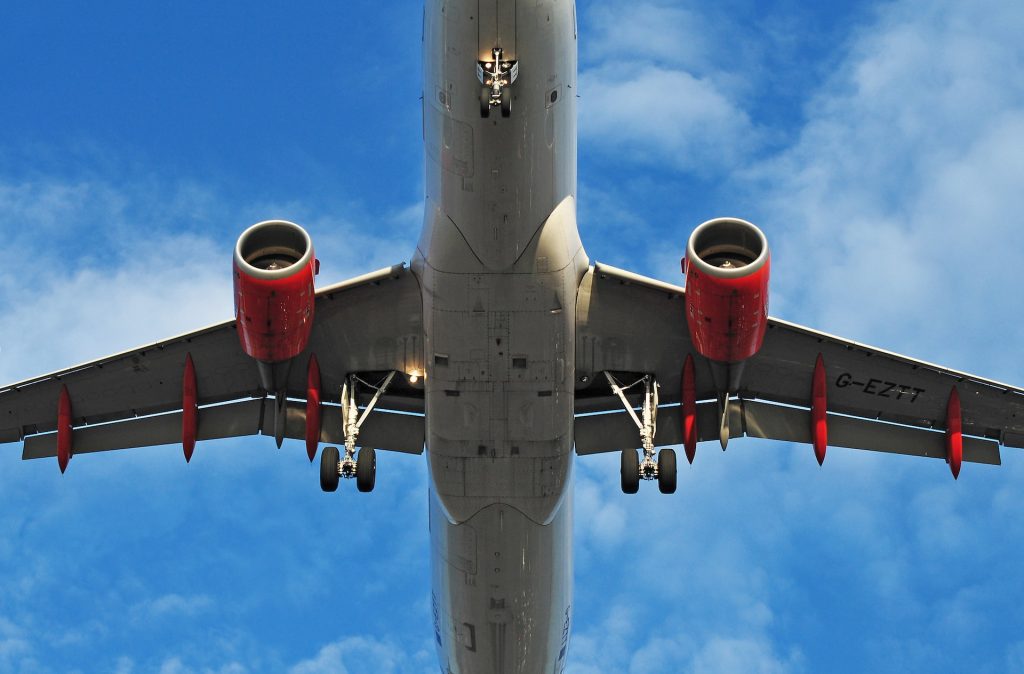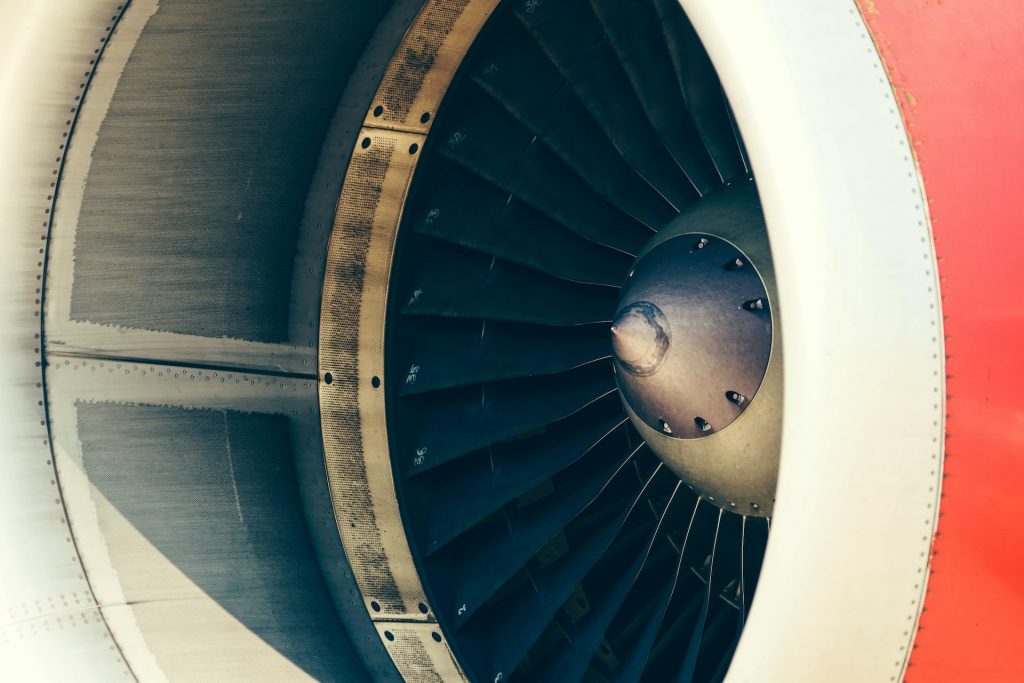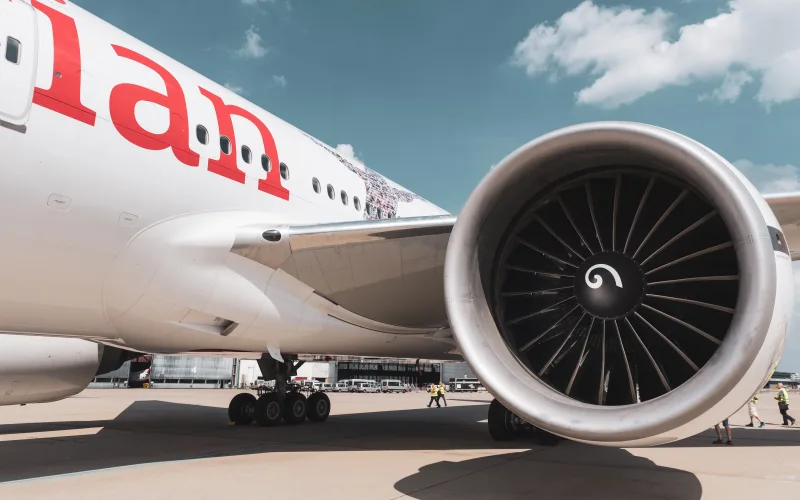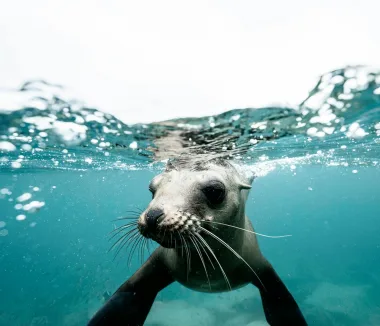Last Updated on April 26, 2024 by Ecologica Life
Aircrafts has a big effect on climate change as it is one of the most greenhouse gas-emitting modes of transport. Moreover, the pollution from an aeroplane is one reason why more and more people are considering giving up flying. Many do so in order to contribute, to some extent, to environmental protection.
Pollution from aircraft
Aviation emissions are estimated to be responsible for around 2.5 to 2.8% of total greenhouse gas emissions in the EU every year. Moreover, since 1990, aircraft-related emissions have become increasingly significant, and have doubled in the last thirty years.
The climate impact of air travel is not only based on the emission of CO2, other substances also produced during fuel combustion, such as nitrogen oxides, aerosols and water vapour contribute to global warming.
How much can the private jets pollute?
The French Directorate General of Civil Aviation (DGAC) points out that a small aircraft is not necessarily a private jet, so it is difficult to draw conclusive statistics. In addition, Bertrand d’Yvoire, president of the French section of the European business aviation organisation EBAA, indicates that 80% of flights are for professional reasons, including managers, engineers, technicians, salesmen, and that more than 10% are for medical evacuations, military aircraft and state flights.
Private jets, which are used for the journeys of millionaires and stars, account for less than 10% of the sector’s activity, he reckons. Therefore, one jet can emit in five hours the amount of CO2 emitted by an average Frenchman in a whole year, according to a study by Transport & Environment in May 2021. These aircraft are 5 to 14 times more dangerous for pollution than commercial aircraft.

What do experts propose in the face of pollution from the aircrafts of millionaires and celebrities?
For William Todts, executive director of Transport & Environment, jet owners should, at the very least, demand that they run on biofuels instead of paraffin, as this would encourage aircraft manufacturers to develop these technologies.
How much more? A Dassault Falcon 900EX private jet, for example, emits twice as much non-volatile particulate matter as a Boeing 737 on a two-hour flight. Calculated per passenger, the emissions are 72 times higher.
What is being done right now to mitigate aircraft pollution?
Because of the difficulty of cutting flights or finding an alternative fuel to fossil fuels, the aviation industry, in order to comply with the Paris agreements, is trying to offset the carbon dioxide it produces through reforestation projects.
The aim of these projects is that the new plants will be able to absorb more carbon dioxide and reduce the carbon footprint. However, this course of action is dubious, as carbon-offsetting does not solve the core problem, and may lead people to believe that air travel is not as bad for climate change as it really is.
Does a car produce more carbon emissions than a plane?
There is a mistaken belief that an aeroplane, being bigger than a car, is much more polluting. But this is not entirely true. As mentioned above, aircraft use more fuel than ordinary cars, but they carry many more people. Based on emissions per passenger, the result is not much different from a road trip.
It is estimated that a single person driving a petrol-powered car is equivalent to an aeroplane flying at 80% of its capacity. The difference is that, while the plane is almost full of passengers, the same number of people would be equivalent to 80 cars each emitting the same gases as the same plane.

Aviation causes more than 5% of total emissions
Although the aviation industry repeatedly points out that emissions from the sector account for only 2% of global CO2 emissions, according to the Stay Grounded report, the environmental effects of aviation do not stop there. Apart from carbon dioxide, aircraft produce other harmful elements (methane, ozone, soot, etc) with a greater climate impact than CO2.
All this means that aviation today causes between 5% and 8% of global emissions that contribute to global warming, according to the data collected and analysed in the study.
Given the sector’s growth expectations (the aviation industry forecasts annual growth of 4.3% in the coming decades), the European Commission estimates that greenhouse gas emissions from aviation could be four to eight times higher than today’s level by 2050 with the current rate of economic growth in Europe.
What is the most environmentally damaging mode of transport?
According to the World Tourism Organisation and the United Nations Programme, the most polluting and environmentally damaging form of transport is the cruise ship, since a cruise ship with a capacity of 3,000 people produces up to 210,000 litres of wastewater per week and emits 1,000 times more carbon dioxide than a train journey which, as mentioned above, emits 14 grams of CO2 per person per kilometre travelled.
In conclusion, tourism, whether by boat or plane, has a high environmental impact, so the best way to travel is by train or bus, which emit less CO2 emissions per passenger per kilometre travelled.
References
https://redbioetica.com.ar/la-aviacion-y-la-contaminacion-ambiental/








